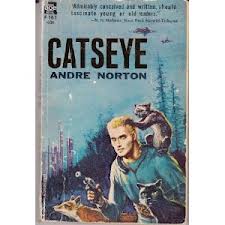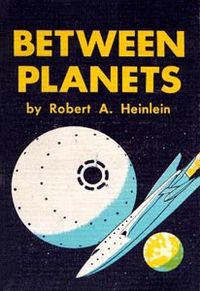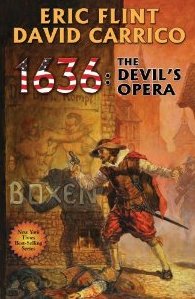For those of you who are alternate history fans, if you haven’t checked out the New York Times best-selling 1632 series (a/k/a Ring of Fire series) created by writer Eric Flint, you are missing something. It currently amasses over six million words in print, with more being added on an almost monthly basis.
The first novel is titled 1632 (hence the series name), and its original edition can be downloaded from Baen Books (the publisher) for free in every common e-book format, and a couple that aren’t so common. Check it out here.
The newest novel in the series is 1636: The Devil’s Opera by Eric Flint and David Carrico (yours truly). It will be published in hardback edition for $25.00 and e-book edition for $9.99 in October, 2013. I did a Fictorians post about the writing process of the novel here.
The reason for this post is to let you know that you don’t necessarily have to wait until October to read it. Baen, of all the traditional science fiction and fantasy publishers, was the first-and for a long time was the only-publisher who embraced e-books. Beginning well over a decade ago, every book they publish is offered in every available e-book format (including Kindle and Nook) in addition to the hard copy edition. Every e-book that Baen has published since the very beginning was published without DRM security being loaded on it. And once you buy an e-book from Baen, you can install any and every format of the e-book on any and every electronic device you own at any time. Plus, they keep track of which books you have bought and you can re-download fresh copies anytime you need or desire to.
In other words, Baen has been doing the e-book thing right since way before most publishers even thought about doing e-books.
But in addition to the regular e-book edition, they offer a couple of additional options that no other publisher has provided to date that I’ve seen, and these are the things that you may want to take advantage of now.
First of all, there’s this thing called an e-ARC. ARC, of course, is Advance Reader Copy, and prior to e-books, that was a preliminary copy of the book based on the submitted manuscript without a final edit, printed quickly on cheap paper and often with no cover art, for the purpose of sending to reviewers. These editions are highly prized by certain collectors. They are also highly prized by rabid fans who want to know right now what happens in the book, without waiting until the official publication date. People have been known to pay hundreds of dollars for an ARC from a popular author. Well, several years before he died in 2006, Jim Baen, founding publisher at Baen Books, had a crazy idea and offered an e-book ARC edition of a couple of popular forthcoming books. As with paper ARCs, the content was lacking the final edit, but they could be had several months before the official publication date. He pegged them at $15.00, which was two and a half to three times his then-current regular e-book prices. As you may suspect, they sold amazingly well, and have become a part of the regular publishing cycle for many of the new novels published by Baen Book. The e-ARC for 1636: The Devil’s Opera can be viewed and ordered here. Just remember, if you spot a typo, this isn’t the final edited version.
The other option is this thing called bundles. Basically, beginning about three months before the publication date, Baen offers a bundle of all the e-books that will be published in that month for a reduced rate and for a limited time. You have to purchase the whole bundle at once, but you typically get the books for a much reduced rate over the $9.99/$8.99/$6.99 of the single e-book prices. For example, the October 2013 Monthly Baen Bundle is priced at $18.00, and it contains five new novels and one novel that is having its mass market paperback edition released in October. This is a significant savings over the $51.94 total single e-book pricing of the six novels. The bundle release process is a lengthy one: in the third month before official release, you receive the first half of each book in what is essentially the e-ARC edition; in the second month before official release, you receive the next fourth of the e-ARC edition; and in the month before official release you receive the full text of the final edited version identical to what will be in the hard copy edition. To view and order the October 2013 bundle go here.
All things considered, I’m proud to have my first novel published by Baen Books, a truly forward-thinking traditional publisher. And in Baen’s case, that’s not a contradiction in terms.



